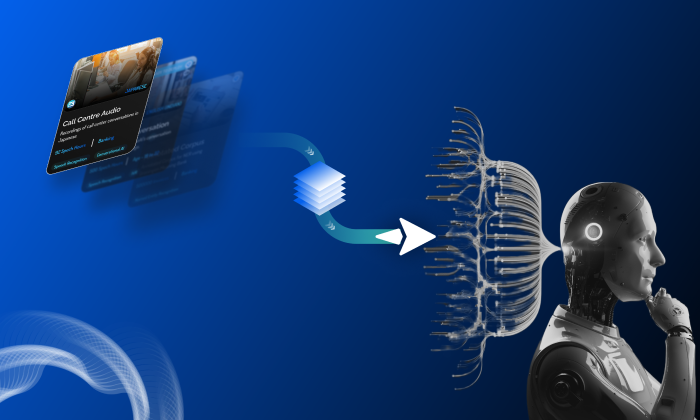How do these doctor–patient conversation datasets improve medical transcription accuracy?
Medical Transcription
Healthcare
AI Models
Doctor-patient conversation datasets are essential in improving the accuracy of medical transcription, a crucial aspect of effective healthcare communication and documentation. These datasets, comprising authentic and unscripted dialogues, are instrumental in refining automatic speech recognition (ASR) systems and natural language processing (NLP) applications tailored for medical contexts.
Understanding the Core Benefits of Doctor-Patient Conversation Datasets
These datasets capture real-world-like interactions between doctors and patients, simulating the natural flow of clinical conversations. Unlike scripted dialogues, they include the natural pauses, interruptions, and emotional nuances present in genuine dialogues. This realism trains ASR systems to accurately transcribe speech across various clinical settings.
Key Factors Improving Transcription Accuracy through Doctor-Patient Datasets
- Realistic Language Use: By simulating diverse medical scenarios from initial consultations to follow-up discussions, these datasets expose ASR systems to varied medical terminology and conversational styles. This exposure helps systems learn how doctors and patients communicate in real-life situations, enhancing transcription precision.
- Speaker Diversity: The datasets feature a broad spectrum of speakers, including different genders, ages, and accents. Such diversity is crucial for training systems to understand and accurately transcribe speech from various demographic groups, ensuring inclusivity and effectiveness across populations.
- Contextual Annotation: Each recording is meticulously annotated, not just capturing spoken words but also the context in which they are uttered. Annotations related to intent, sentiment, and medical domain assist ASR systems in grasping the nuances of clinical conversations, leading to transcriptions that reflect both content and underlying meaning.
Practical Impact on Medical Transcription
These datasets have shown tangible improvements in medical transcription accuracy. For instance, a case study might reveal that after integrating these datasets, an ASR system achieved a 20% increase in transcription accuracy for complex medical dialogues. Such enhancements directly contribute to more reliable healthcare documentation and patient care.
Navigating the Trade-offs in Designing High-Quality Datasets
Creating these datasets involves trade-offs, such as balancing realism and transcription complexity. Realistic recordings may include background noise or overlapping speech, which can present challenges. However, these elements are vital for training ASR systems to operate effectively in real-world environments, where such complexities are common.
Ensuring Compliance and Ethical Data Collection
To avoid legal and privacy issues associated with real patient data, these datasets use simulated conversations. Participants provide informed consent, and any personal identifiers are anonymized, ensuring compliance with regulations like GDPR and HIPAA. This approach allows for the creation of rich datasets that maintain clinical authenticity while adhering to ethical standards.
Conclusion
Doctor-patient conversation datasets form a foundation for enhancing medical transcription accuracy. By capturing authentic clinical interactions, these datasets provide essential training material for advanced ASR systems. Their careful design, diverse speaker representation, and rigorous quality assurance processes not only improve transcription accuracy but also advance the broader goal of enhancing healthcare communication and outcomes.
For AI-driven healthcare projects needing high-quality speech data, FutureBeeAI offers scalable, ethically sourced datasets that enhance transcription accuracy and support robust AI model development. Explore our speech dataset collection for diverse and comprehensive data solutions.
Smart FAQs
Q. What types of clinical interactions are covered in these datasets?
A. These datasets include a variety of interactions such as consultations, diagnosis discussions, follow-ups, and discharge instructions, ensuring ASR systems can handle numerous clinical contexts.
Q. How do these datasets comply with privacy regulations?
A. The conversations are simulated, meaning no real patient data is used. All participants provide informed consent, and any potential personal identifiers are anonymized, adhering to major privacy regulations like GDPR and HIPAA.
What Else Do People Ask?
Related AI Articles
Browse Matching Datasets
Acquiring high-quality AI datasets has never been easier!!!
Get in touch with our AI data expert now!








